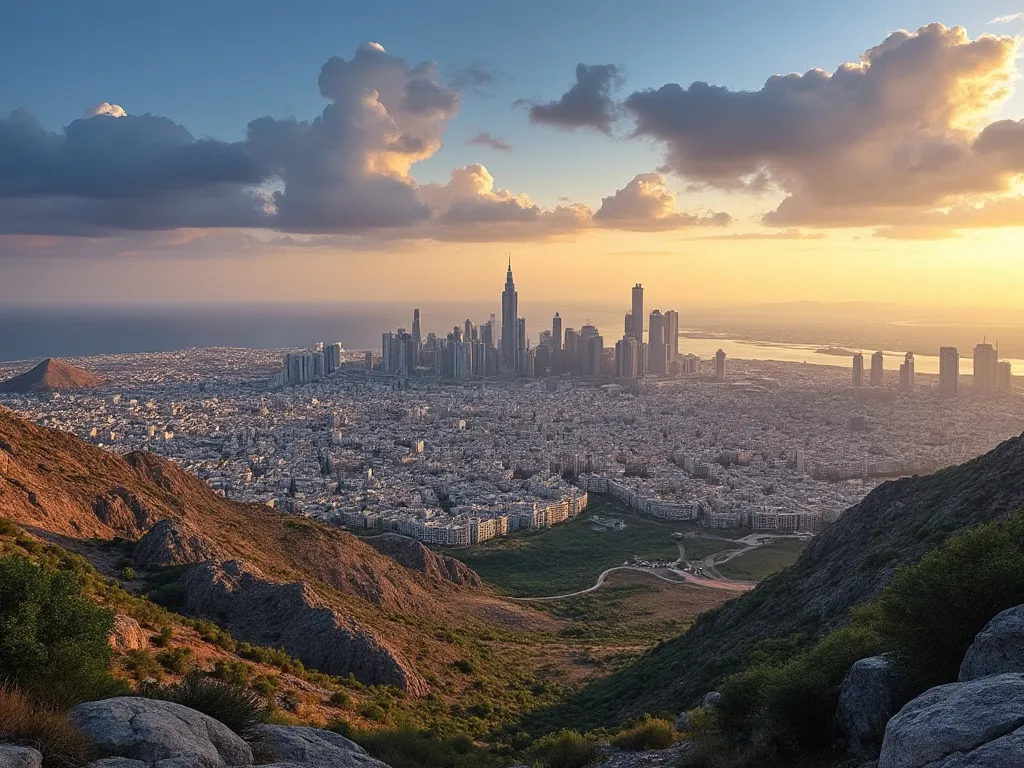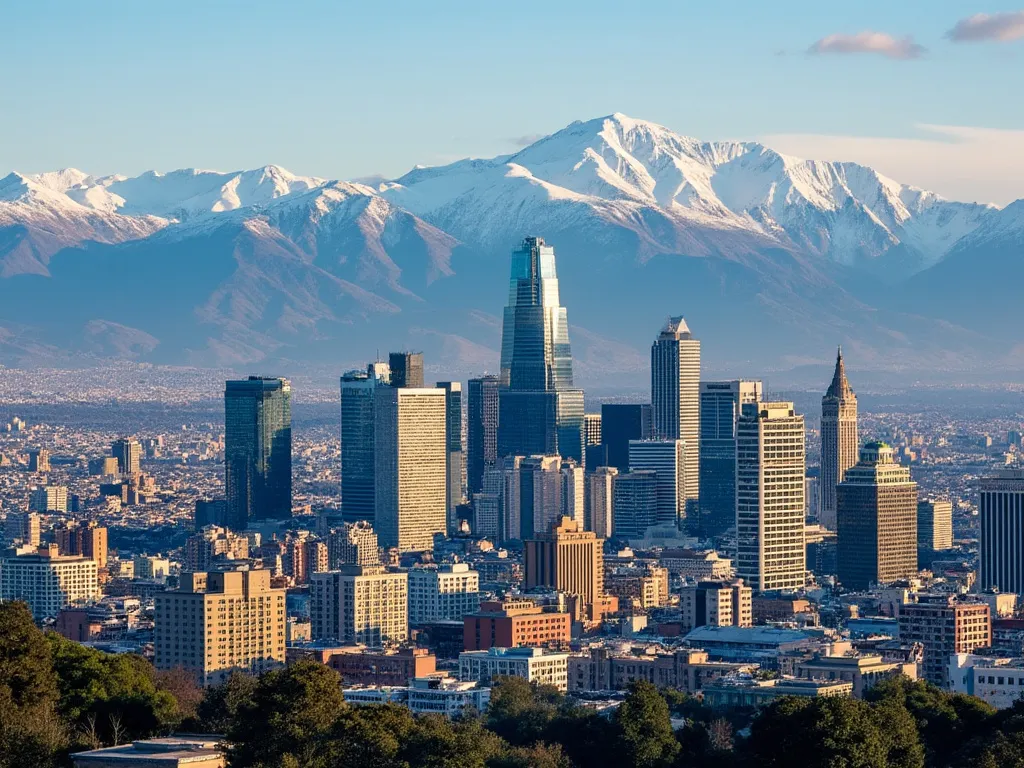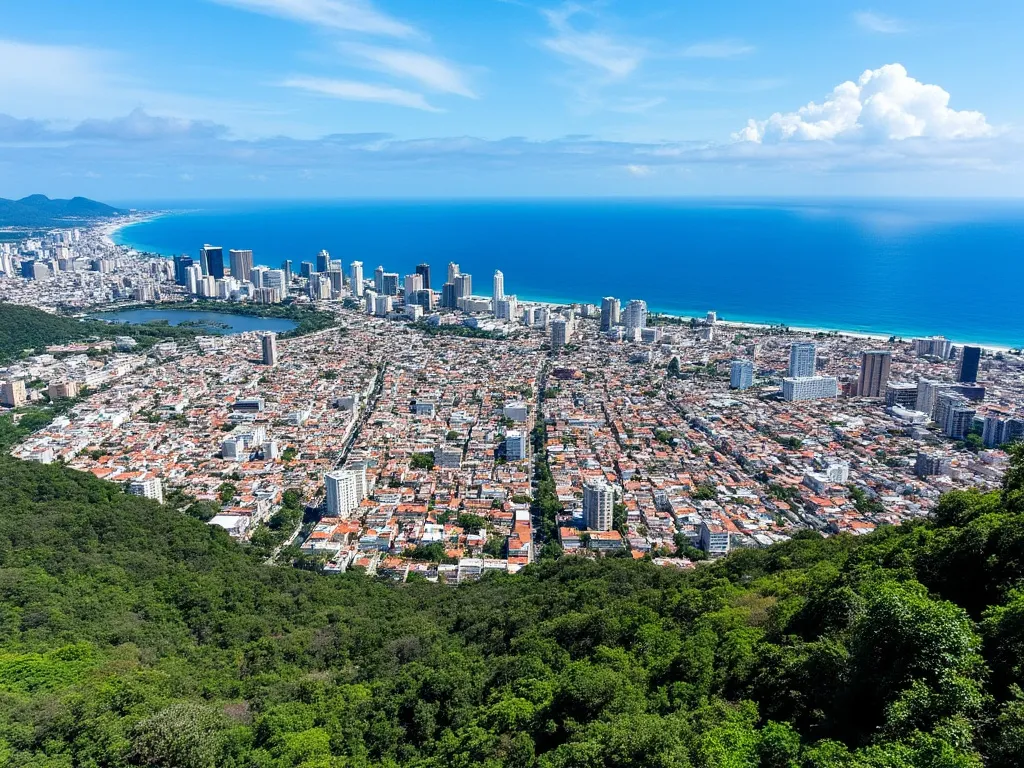
Sana'a, the capital city of Yemen, is a city steeped in history and culture. Located in the central highlands of Yemen, Sana'a has been an important center of trade and commerce for thousands of years. The city's rich history is reflected in its architecture, with many ancient buildings and mosques still standing today.
Sana'a information
| Country | 🇾🇪 Yemen |
| Population | 1,937,451 (2020 estimate) |
| Coordinates | 15.3544° N, 44.2067° E |
| Area | 3,450 km² (1,332 sq mi) |
| Climate | Hot desert climate (Köppen climate classification: BWh) |
| Language | Arabic (official) |
| Currency | Yemeni rial (YER) |
| Time zone | UTC+3 (Arabia Standard Time) |
| Proximity to other major cities | Aden (315 km / 196 mi), Taiz (256 km / 159 mi), Hudaydah (226 km / 140 mi) |
Interesting facts about Sana'a
- Sana'a is one of the oldest continuously inhabited cities in the world, with a history dating back over 2,500 years.
- The city's famous Grand Mosque is one of the oldest and most important mosques in the Islamic world.
- Sana'a is home to many ancient buildings and mosques, including the Al Saleh Mosque, which is one of the largest mosques in the world.
- The city's old town is a UNESCO World Heritage Site, and is known for its narrow streets and traditional architecture.
Tourist attractions in Sana'a
- The Grand Mosque: one of the oldest and most important mosques in the Islamic world.
- The Al Saleh Mosque: one of the largest mosques in the world.
- The Old Town: a UNESCO World Heritage Site, known for its narrow streets and traditional architecture.
- The National Museum of Yemen: a museum showcasing the history and culture of Yemen.
Historical background of Sana'a
Sana'a has a long and storied history, dating back to the 6th century BC. The city was an important center of trade and commerce in the ancient world, with merchants coming from all over the Middle East and beyond to buy and sell goods. In the 7th century AD, Sana'a became a major center of Islam, and the city's famous Grand Mosque was built during this time. Over the centuries, Sana'a has been ruled by various dynasties and empires, including the Ottoman Empire and the British Empire.
Geographical location of Sana'a
Sana'a is located in the central highlands of Yemen, at an altitude of over 2,200 meters (7,200 ft) above sea level. The city is situated in a valley surrounded by mountains, and is known for its mild climate and stunning natural beauty. The city's location has made it an important center of trade and commerce for centuries, with merchants coming from all over the region to buy and sell goods.
Cultural significance of Sana'a
Sana'a is a city of great cultural significance, with a rich history and heritage. The city is home to many ancient buildings and mosques, including the famous Grand Mosque, which is one of the oldest and most important mosques in the Islamic world. The city's old town is a UNESCO World Heritage Site, and is known for its narrow streets and traditional architecture.
Economic importance of Sana'a
Sana'a is the economic hub of Yemen, with a diverse economy based on trade, commerce, and industry. The city is home to many markets and souks, where merchants sell everything from spices and textiles to gold and silver. The city is also an important center of agriculture, with many farms and orchards in the surrounding countryside.
Conclusion on Sana'a
Sana'a is a city of great cultural and historical significance, with a rich history and heritage. The city's stunning natural beauty, mild climate, and diverse economy make it an important center of trade and commerce in the region. Whether you're interested in history, culture, or simply want to experience the beauty of Yemen, Sana'a is a city that has something for everyone.
 Santiago
Santiago
 Santo Domingo
Santo Domingo
 San Marino
San Marino
 San Salvador
San Salvador